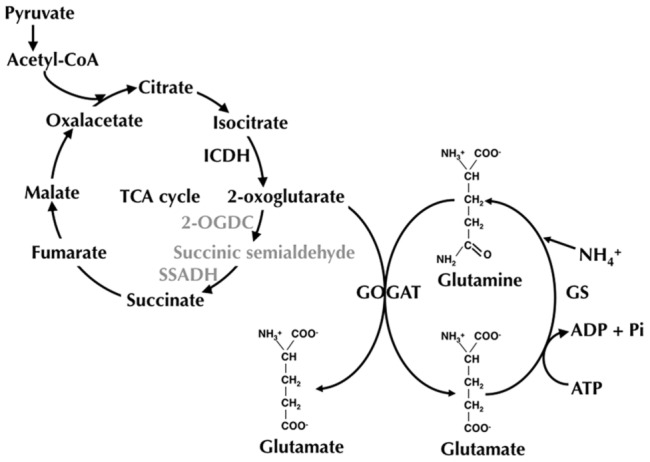Figure 1. Outline of the pathways for 2-OG metabolism in cyanobacteria.

2-OG, produced from isocitrate in the TCA cycle, can be used by all cyanobacteria as backbone to incorporate ammonium, through the GS/GOGAT pathway. Alternatively, the majority of cyanobacteria can transform 2-OG to succinic semialdehyde, and later to succinate, through reactions catalyzed by 2-OG decarboxylase (2-OGDC) and succinic semialdehyde dehydrogenase (SSADH), respectively [28]. These reactions (shown in grey) are missing in marine Synechococcus and Prochlorococcus strains.
